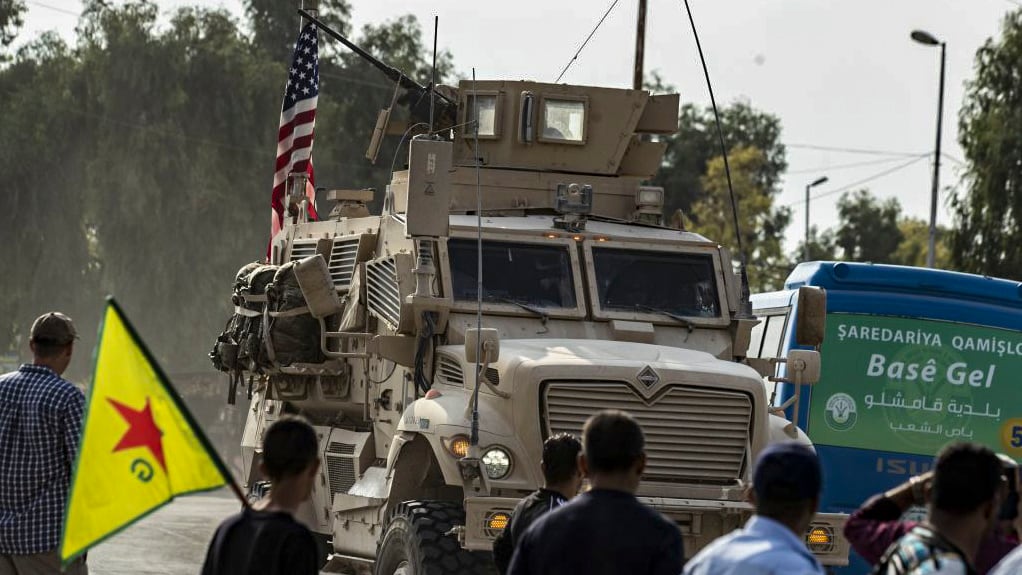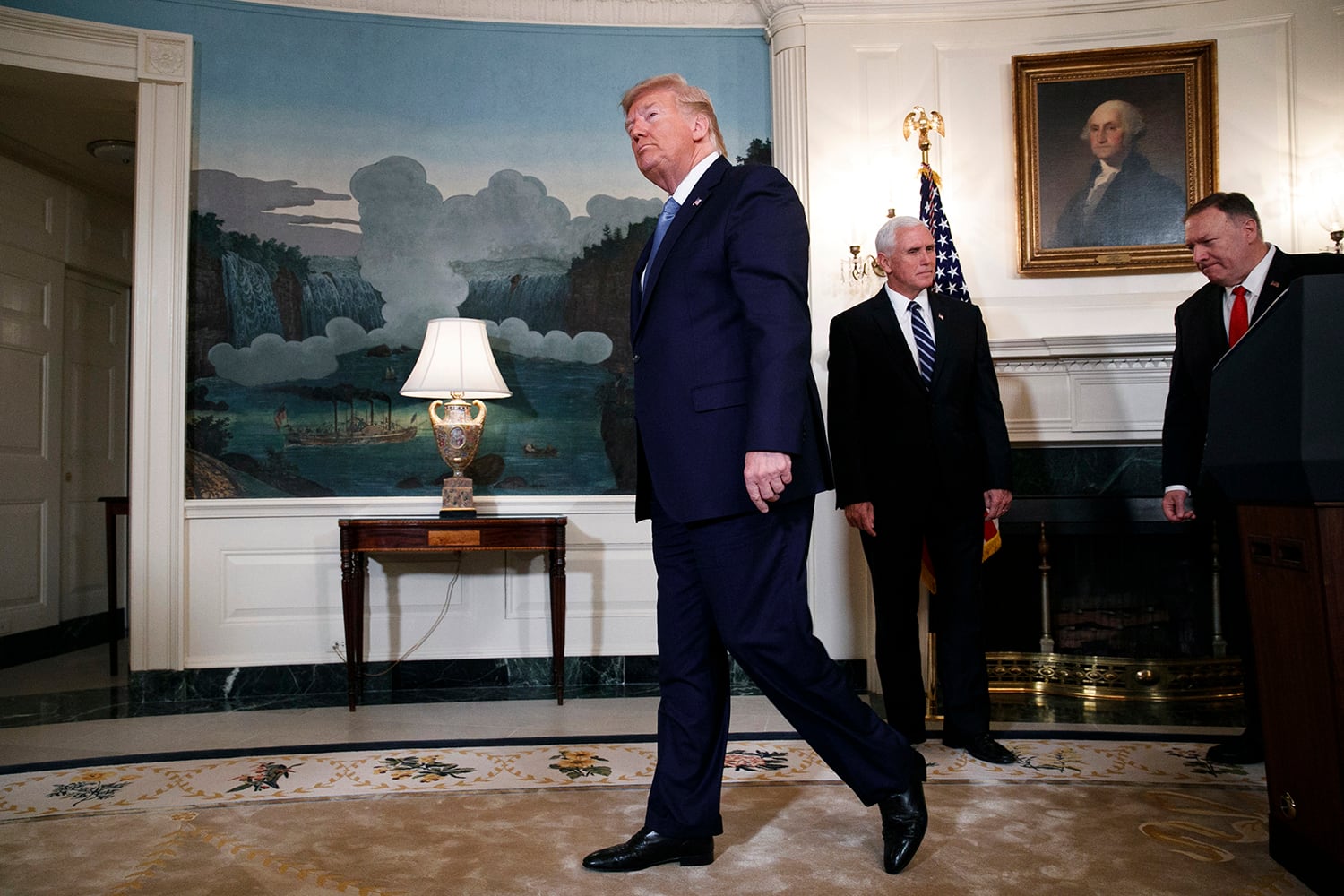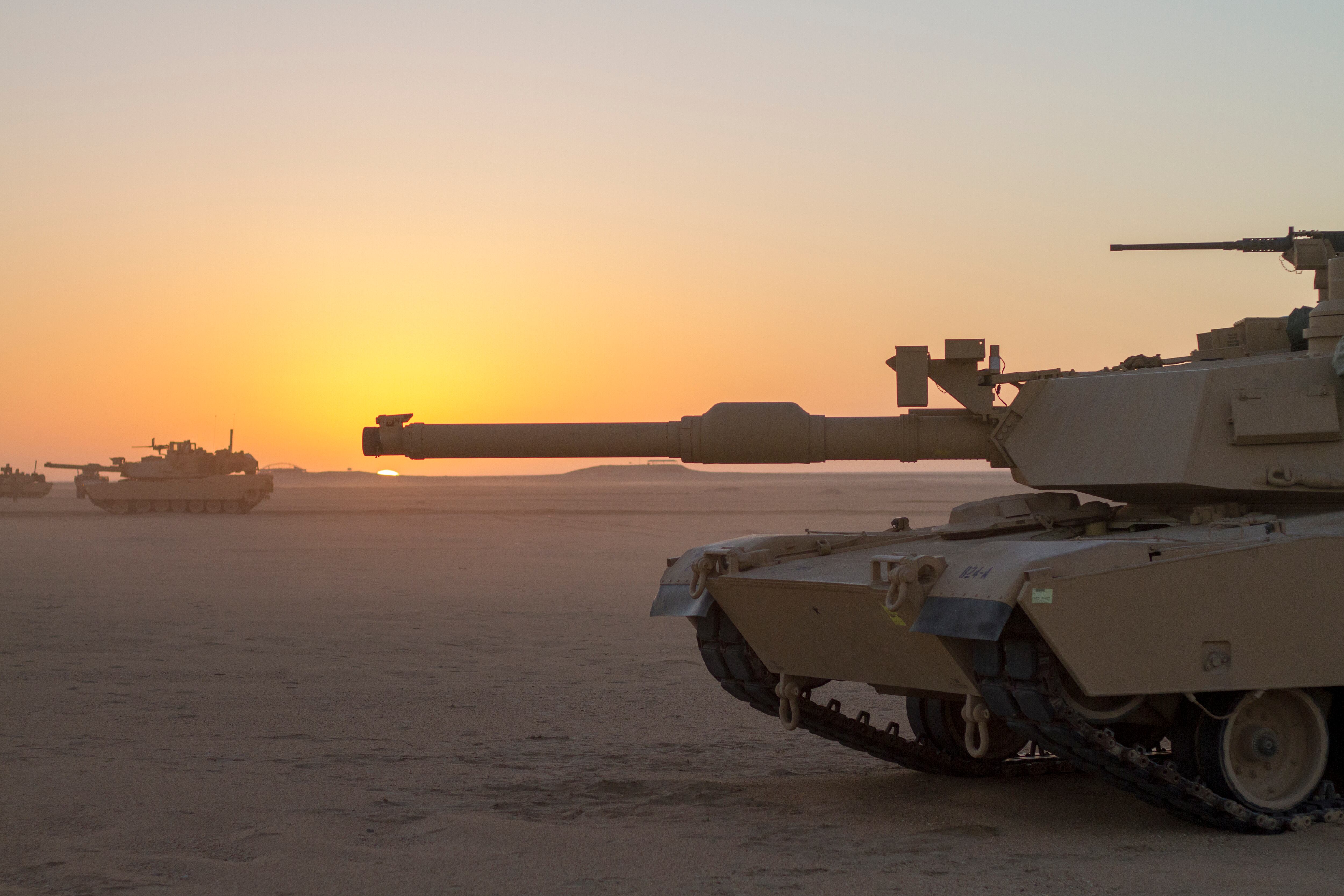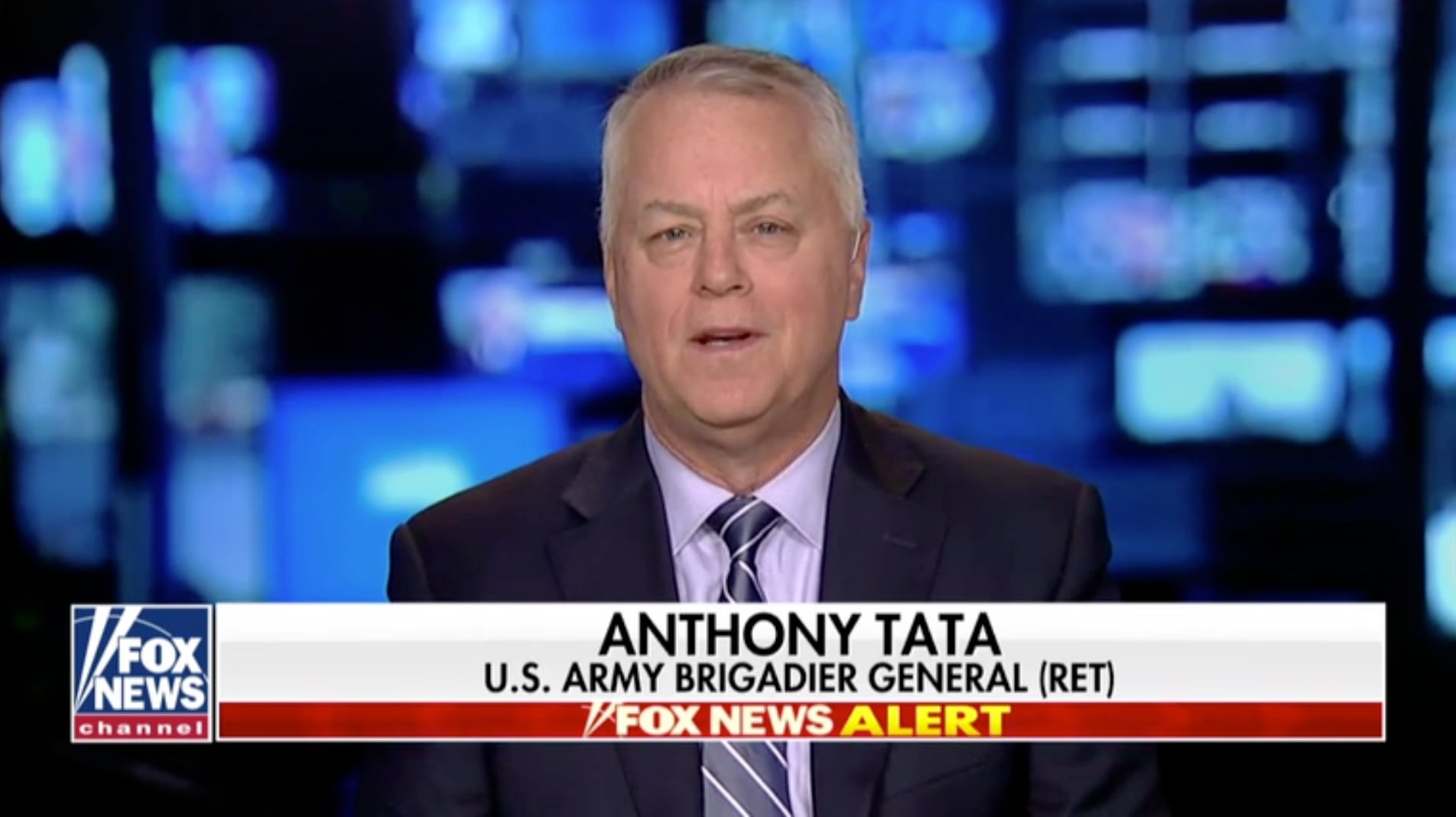The U.S. military is planning to send some kind of mechanized force to help keep oil fields in eastern Syria from slipping into the hands of a resurgent ISIS as American troops withdraw from the region.
But the plan to send armor to Syria could add extra manpower and logistical strains for U.S. forces in Syria at a time when President Donald Trump is seeking to end America’s involvement in the country and put a stop to the forever wars.
“We are reinforcing that position, it will include some mechanized forces, again I’m not going to get into the details but the mission in Syria remains what the mission in Syria began with, it’s always been about defeating the ISIS coalition. That is the core mission," Defense Secretary Mark Esper told NATO defense ministers in Brussels Friday.
RELATED

Newsweek first broke the story that up for consideration was sending U.S. Army Abrams tanks to secure the oil fields.
Esper did not detail what kind of mechanized force or how many troops would be sent to eastern Syria. But CNN’s Barbara Starr reported that there was an option to send lighter armored vehicles in lieu of heavier battle tanks.
“The U.S. is committed to reinforcing our position, in coordination with our SDF [Syrian Democratic Forces] partners, in northeast Syria with additional military assets to prevent those oil fields from falling back into the hands of ISIS or other destabilizing actors,” a U.S. defense official said.
“We must deny ISIS this revenue stream to ensure there’s no resurgence,” the defense official said.
Trump ordered the withdrawal of roughly 1,000 U.S. troops from Syria following Turkey’s launch of military operations in northern Syria. Turkey’s military operation is aimed at combating U.S.-backed Kurdish fighters.
Ankara has long complained to the U.S. that a Kurdish militia group known as the YPG is a terrorist organization. The YPG fights under the larger SDF banner.
U.S. officials and national security experts have warned that the American power vacuum in Syria could breathe new life into the Islamic State.
But a decision to send American armor to Syria may be seen as a reversal by Trump of his much criticized plan to withdraw U.S. troops from Syria.
Sending Abrams tanks would likely introduce new logistical stress and require additional support and manpower to maintain the vehicles — pushing America’s footprint in Syria back up following the exodus of hundreds of American commandos.
RELATED

Retired Army Col. Mike Jason told Military Times that even a company of tanks would require medics, command and control and a recovery vehicle. Supplies for tanks can’t just be airdropped, Jason said, and spare parts and equipment would likely have to be driven in on the ground.
A tank mission in Syria would have to be able to “control the lines of communication” and clear routes, Jason said. There’s an “implied control of the ground,” he said.
Moreover, pulling troops in and out of country is not that easy with tanks. Unlike infantry or special operations forces, you can’t just “drop in” and pull out tanks by air, Jason explained.
A Marine tanker who spoke to Military Times on background because he was not authorized to speak on the record said that there were some benefits to using tanks — notably tanks can cover far more ground and control indirect fire from further distances than conventional grunts.
“In Fallujah we were able to cover more ground and lose less lives. Logistically the only hurdle is fuel and that’s easier to replenish than a degraded platoon of men,” the Marine tanker said.
Shawn Snow is the senior reporter for Marine Corps Times and a Marine Corps veteran.





